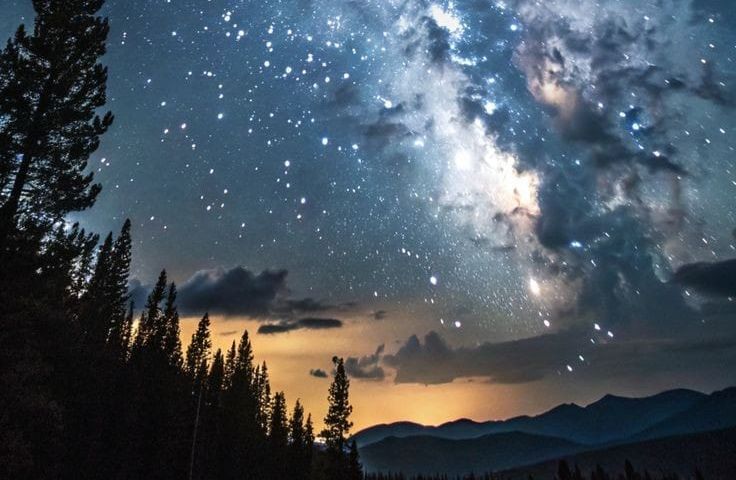Skywatchers, mark your calendars, because Spring 2025 brings a lineup of must-see cosmic events, including eclipses and shooting stars.
Fez– If you enjoy dazzling planet alignments and the brilliant shine of Venus after sunset, get ready, because 2025 still has plenty to offer skywatchers.
As spring unfolds, the night sky will bring some breathtaking events, such as a rare Blood Moon and a stunning meteor shower.
Here are five must-see celestial events happening between March and May 2025.
The Blood Moon: A total lunar eclipse
When: March 13-14, 2025
Where to spot it: Southern sky
For the first time since 2022, a total lunar eclipse will grace the sky. As the full “worm moon” (the term for the full moon in March) passes through Earth’s shadow, it will turn a deep reddish-orange for 65 minutes, creating a stunning blood moon.
Best viewing spots? North and South America will get the full show, while parts of Europe will catch a glimpse as the moon sets.
A partial solar eclipse at sunrise
When: March 29, 2025
Where to spot it: Rising in the east
Just two weeks after the blood moon, a partial solar eclipse will take over the morning sky. This one won’t be easy to catch, but if you’re in the northeastern US, eastern Canada, or western Europe, you might see the sun rising in a dramatic “devil’s horns” shape. In Europe, the eclipse will be higher in the sky by mid-morning.
The Lyrid meteor shower and venus at its brightest
When: April 21-22, 2025
Where to spot it: All over the sky
Spring is meteor season! The Lyrid meteor shower will peak around midnight, bringing 10-20 “shooting stars” per hour. Some Lyrids leave glowing trails, making them perfect for night photography. And if you stay up late, you’ll be rewarded with Venus shining at its brightest, rising in the east just before sunrise, next to a delicate crescent moon.
Mars meets the Beehive Cluster
When: May 5, 2025
Where to spot it: Southwestern sky
The Beehive Cluster, a dazzling group of stars 580 light-years away, will put on a show as Mars aligns with it. You might see it with the naked eye in very dark skies, but binoculars will give you the best view. Watch the red planet glow against the twinkling backdrop of distant stars.
The Eta Aquarid meteor shower – A Halley’s comet special
When: May 4-5, 2025
Where to spot it: All over the sky
This meteor shower comes from the debris of Halley’s Comet and will light up the night. The Southern Hemisphere gets the best views, with up to 60 meteors per hour. In the Northern Hemisphere, expect about half that, but it’s still worth watching! The best time to look up? Around midnight.
Get your calendars ready, set your alarms, and find a dark sky spot. Wishing you all a clear sky.
Read also: The Smell of Home: How Certain Scents Carry Our Childhoods
















